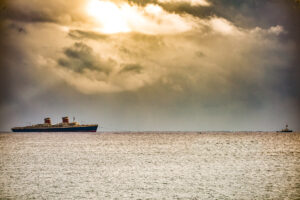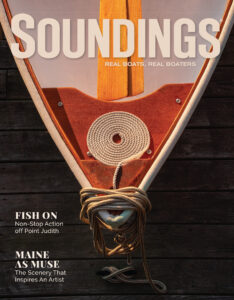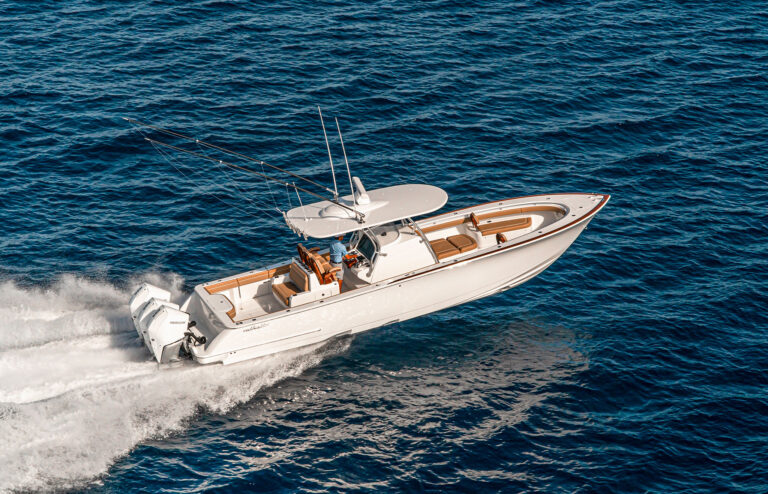After years of study and effort by NOAA and the Coast Guard culminates this summer, when two changes to shipping lanes into Boston are implemented. Both changes should significantly reduce the risk of collisions between large ships and whales.
Beginning on June 1, ships 300 gross tons and above will be asked to avoid an area in the Great South Channel from April through July, when right whales face the highest chance of being struck by ships. The channel is a feeding area for the endangered North Atlantic Right Whale.
Also, ships transiting primarily from the south and entering Boston Harbor in shipping lanes will travel a slightly different path. The north-south traffic lanes have been modified to reduce the threat of ship collisions with endangered right whales and other whale species.
The width of the north-south portion of the lanes will narrow from a total of four miles to three miles. The width of the east-west portion of the lanes was narrowed and modified in 2007.
Implementing the “Area To Be Avoided” and narrowing the “Traffic Separation Scheme” by 1 nautical mile will reduce the relative risk of right whale ship strikes by an estimated 74 percent from April to July (63 percent from the area to be avoided and 11 percent from the narrowing of the Traffic Separation Scheme).
Slow-moving North Atlantic right whales — among the most endangered whales in the world — are highly vulnerable to ship collisions, since their primary feeding and migration areas overlap with major East Coast shipping lanes. Along with existing measures to prevent entanglement of right whales in fishing gear and regulations to reduce ship strikes by slowing ships, these changes in vessel operations are a part of the comprehensive approach NOAA has taken in its effort to help right whales recover.
Approximately 3,500 ships move through the entire Boston shipping lanes area every year, and more than half of the world’s North Atlantic right whales are known to be in this area during the spring. NOAA researchers used more than 20 years of sighting data to determine the risk of whales being struck by ships in and around the Boston shipping lanes to help develop these changes.










